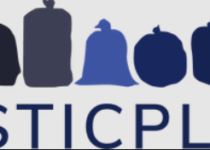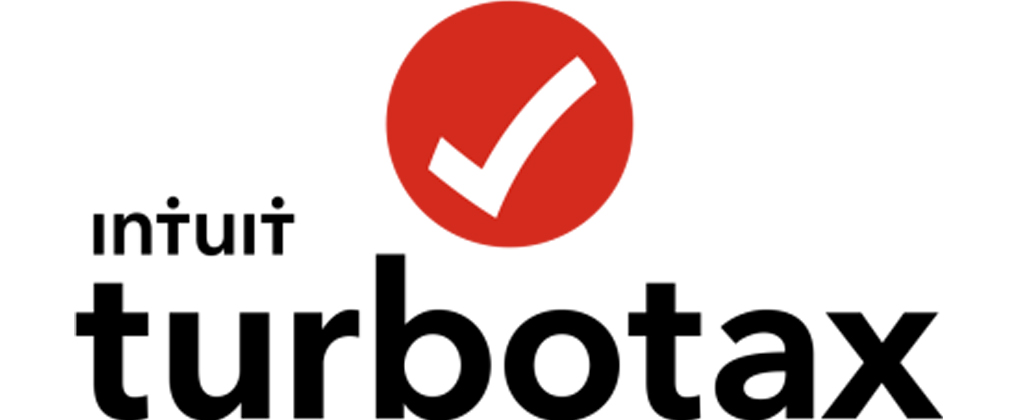Top 10 Cvs Competitors In 2023
CVS Health was founded in 1963 by Ralph Hoagland and the Goldstein brothers Sidney and Stanley. Originally called Consumer Value Stores, CVS started off as a chain of health and beauty aid stores. It helped health and beauty retailers manage their product lines. Pharmacies were later added to the chain. The company joined the Melville Corporation before spinning off in 1996. It was renamed CVS Caremark Corporation in 2007 after a merger with Caremark Rx- a pharmacy benefit management company. It then rebranded to CVS Health in 2014. The company operates the CVS Specialty, MinuteClinic retail clinic, CVS Caremark, and CVS Pharmacy. Its revenue for 2019 was $256.77 billion. The company employs 300,000 people.
| NAME | CVS Health Corp |
| FOUNDED | 1963 |
| HEADQUARTERS | Woonsocket, Rhode Island |
| SIC CODE | 5912 |
| STATUS | Public |
| INDUSTRY SECTOR | Retail-drug stores and proprietary stores |
| EMPLOYEES | 300,000 |
| TRADING SYMBOL | NYSE: CVS |
CVS Health similar companies:
Walgreens, Rite Aid, Cigna, Humana, UnitedHealth Group, Cardinal Health, Prime Therapeutics, MedImpact, PharMerica, and Eli Lilly.
How CVS Health Makes Money
CVS is the largest provider of pharmacy services in the United States. It has the biggest network of retail pharmacy stores in the US alongside claims processing and pharmacy services. The company posted a revenue turnover of $256.77 billion in 2019. The revenue came from four main business segments; retail pharmacy services, pharmacy benefits management, medical clinic, and specialty pharmacy.
Retail pharmacy
Under this segment, CVS Health retails and dispenses medical prescriptions just like a normal drugstore would. Administering shots and conducting convenience sales fall under this division. It also includes beauty products, healthy food products, and select general merchandise. There are 9,900 retail stores across the US. CVS Pharmacy brand is in this segment. Other brands under this segment include Longs Drugs, Navarro Discount Pharmacy, and CVS y más.
Pharmacy benefits management
The pharmacy benefits management segment oversees the processing of prescription claims. The Caremark and SilverScript brands fall under this segment. It is in charge of dealing directly with drug manufacturers, determining prices, prescription plan management, and handling mail orders besides other advanced administrative tasks.
Medical clinic
CVS Health, through the MinuteClinic brand, operates around 1,100 walk-in medical clinics. The segment also includes the Omnicare brand which provides pharmacy, long-term care, and assisted living services to senior citizens. The last brand in this segment is Coram which operates 90 infusion and enteral care centers that offer a range of infusion services including alpha-1 augmentation, immunoglobulins, cardiac inotropes, anti-infectives, and parenteral and enteral nutrition among others.
Specialty pharmacy
Lastly, the specialty pharmacy deals with complex, high-end, life-sustaining medications that usually operate on low volumes. For example, few patients require the Soliris vial that costs $6,000. The division helps patients with complex conditions get specialty drugs. The patients also receive continuous disease education and counseling besides benefits verification and care coordination with multiple healthcare providers.
Walgreens
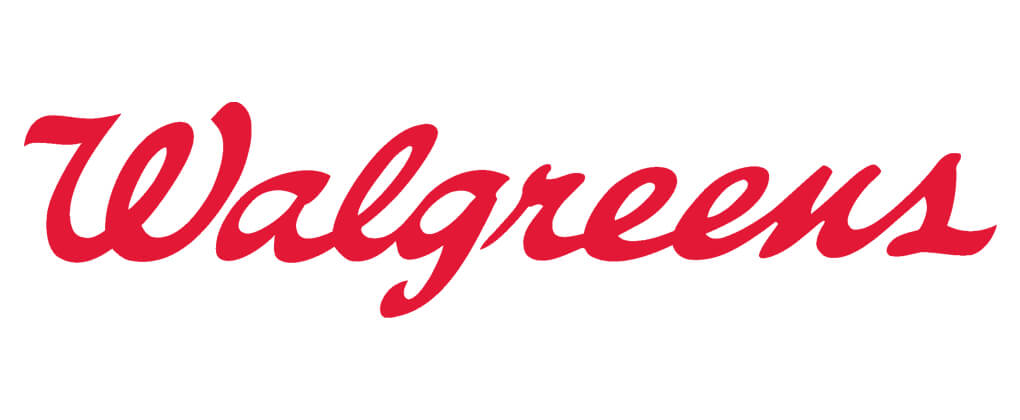
Charles R. Walgreen founded Walgreens in 1901 in Chicago. By 1919, the chain was operating 20 stores in Chicago and made profits off the sale of prescription whiskey. Walgreens later expanded to Wisconsin, Minnesota, and Missouri. A number of acquisitions over the years helped the company grow and expand into other states. Today, Walgreens operates at least 9,277 stores in the US and US Virgin Islands and is the United State’s second-largest pharmacy store chain. Headquartered in Deerfield, Illinois, the company had 342,000 employees and a revenue turnover of $136.86 billion in 2019.
CVS Health is the largest pharmacy store chain in the United States with Walgreens coming a distant second, going by their revenues. This is despite Walgreen having a 62-year headstart. But CVS Health’s acquisition of health insurance company Aetna in 2018 gave it a major boost and propelled ahead of everyone else in the industry. The acquisition is definitely paying off. The other major difference between the two rivals is that while Walgreens operates more stores, CVS Health fills in more prescriptions.
Rite Aid
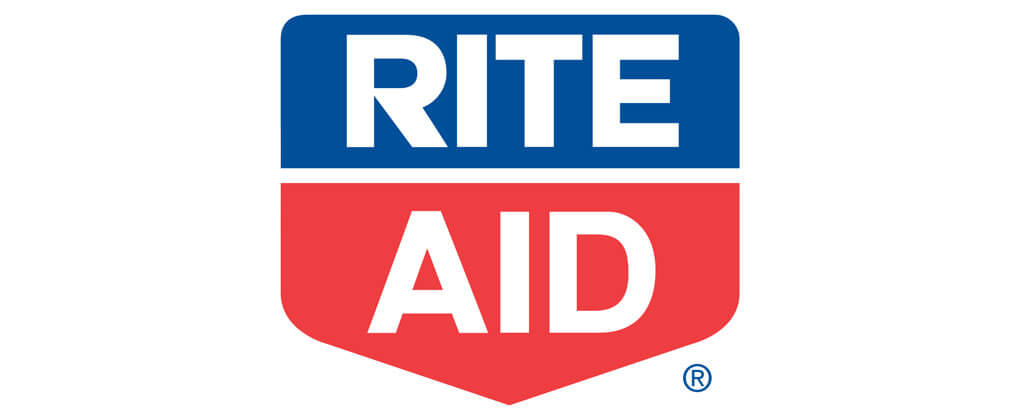
Rite Aid is the third-largest drugstore chain in the US and the largest on the East Coast. The company was established in 1962 as Thrift D Discount Center by Alex Grass. It rebranded to Rite Aid and went public in 1968. Towards the end of 2015, Walgreens attempted to acquire the company but pulled out in 2017 for fear of an antitrust lawsuit. But it still bought off 1,932 stores from Rite Aid. The remaining stores generated $21.64 billion in revenues in 2019. Rite Aid employs 53,100 people. It is headquartered in Camp Hill, Pennsylvania.
CVS Health’s 2019 revenue is more than ten times that of Rite Aid. But Rite Aid’s position in the retail drugstore industry cannot be wished away. It is a strong player in the industry with an impressive market following. This is shown by Walgreens’ interest in acquiring the company and the fear that its acquisition would breach the antitrust regulations. Even Albertsons made an attempt to buy off the company. Rite Aid was not impressed with the offer tabled by the grocery company.
Cigna
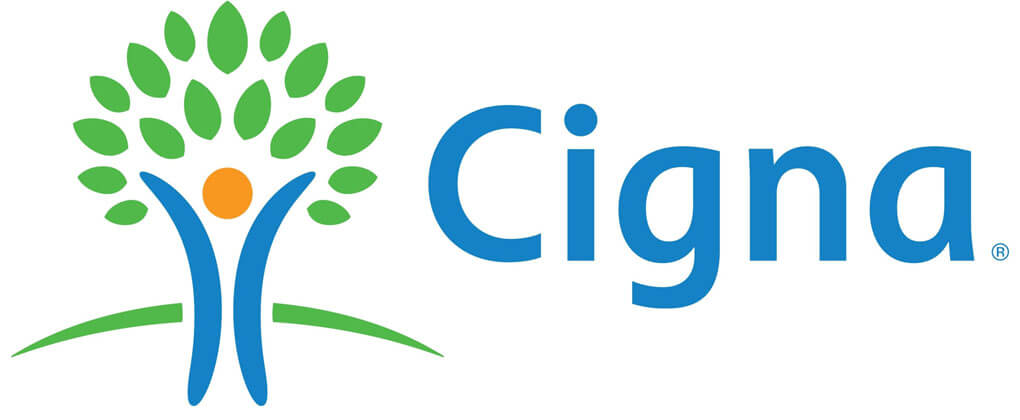
Cigna was established in 1982 after the Connecticut General Life Insurance Company (CG) merged with INA Corporation. The American company is a global health services provider with a presence in over 30 countries and jurisdictions. Cigna provides life, accident, and health insurance coverage besides Medicaid and Medicare products and run-off operations. It offers a majority of its products through employers, the government, NGOs, and trade unions and associations. The company is headquartered in Bloomfield, Connecticut, and had 74,000 employees as of 2019. Its revenue in the past year was $153.56 billion.
Cigna earned just slightly more than half of what CVS Health made in 2019. For a company with international operations against one that is local, that is an underwhelming performance. At least on the surface. But Cigna operates on the insurance front while CVS mainly deals with pharmacy services. Cigna clients are also mostly governments and corporations. They, however, go head-to-head in the pharmacy benefits management segment after Cigna acquired pharmacy benefits manager Express Scripts in 2018.
Humana
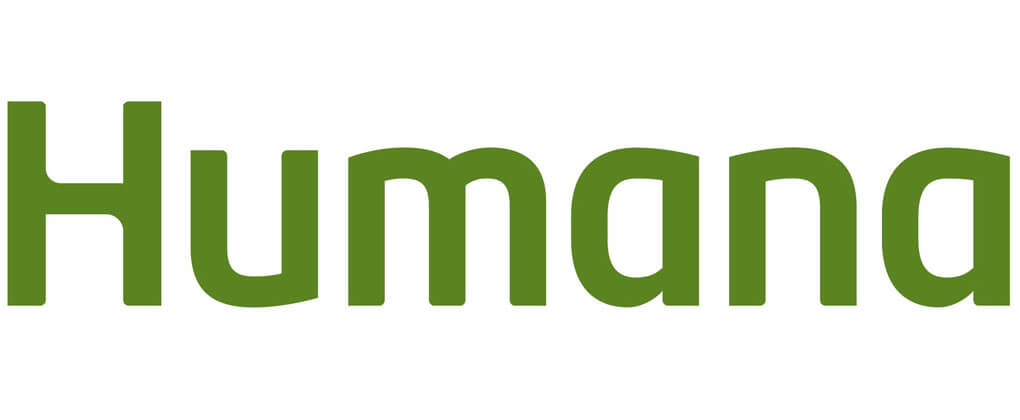
Humana was founded in 1961 as a nursing home under then name Extendicare Inc. its founders, Wendell Cherry and David A. Jones Sr., sold off the nursing home chain in 1972 to venture into hospitals. The company was renamed Humana in 1974. It then created its own health insurance plan in the 1980s after one of its Arizona hospitals lost a contract with Arizona’s largest health-maintenance organization. In 1993, Humana spun off its hospital operations to focus on health insurance operations. Its revenue for 2019 was $64.88 billion. The company employs 46,000people. Humana is headquartered in Louisville, Kentucky.
What happens when the largest retail pharmacy chain in the US (CVS Heath) merges with the third-largest health insurance company (Aetna Inc)? Any little chances other players in the health sector, such as Humana, had of catching up with it diminishes. The gap in revenue between CVS Health and Humana only widened after the former merged with Aetna.
UnitedHealth Group
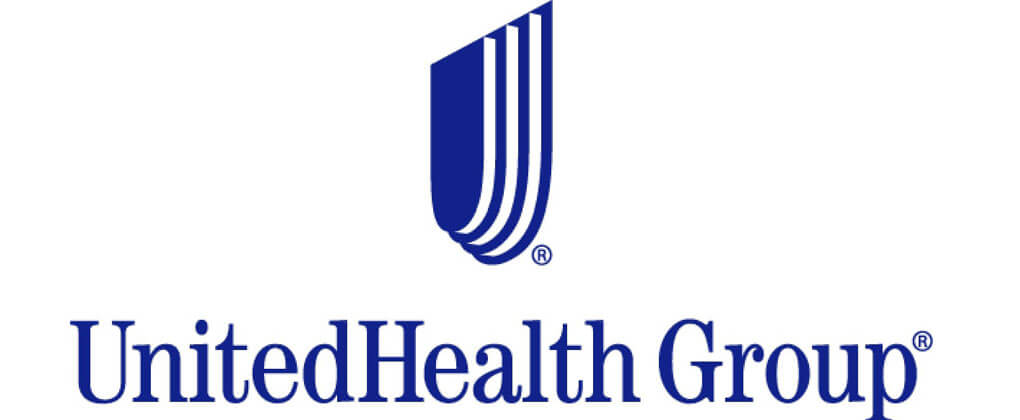
Richard T. Burke founded Charter Med Inc. in 1974 in Minnetonka, Minnesota. In 1977, he established United Healthcare Corporation as the parent company of Charter Med in a move aimed at reorganizing operations. United Healthcare started undertaking pharmacy benefit management through its subsidiary, Diversified Pharmaceutical Services. SmithKline Beecham acquired the subsidiary in 1994. United Healthcare was reorganized in 1998 as a holding company for a number of independent companies and rebranded to the UnitedHealth Group. The company now provides insurance services and healthcare products as a for-profit managed health care company. Its revenue for 2019 was $242 billion. The company has 325,000 employees.
UnitedHealth Group and CVS Health are taking over the healthcare industry. A survey by Kaufman Hall revealed that healthcare providers felt the two companies were the biggest threats to traditional healthcare delivery models. While the UnitedHealth Group primarily earns its revenue from health insurance (61%), CVS makes most of its revenue from Pharmacy Benefit Management (60%). But they go against each other in the retail stores’ segment where CVS made more money from (37%) than UnitedHealth Group (24%).
Cardinal Health
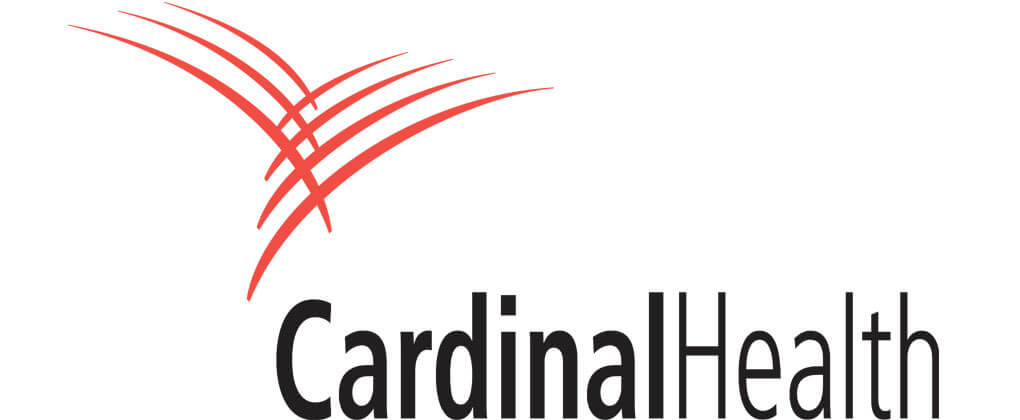
Headquartered in Dublin, Ohio, Cardinal Health provides integrated healthcare services and products including customized healthcare solutions for health systems, hospitals, clinical laboratories, physician offices, ambulatory surgery centers, and pharmacies. The company has operations in about 46 countries around the world. As of 2019, it had 50,000 employees and a revenue turnover of $145.53 billion.
Cardinal Health started off as a food wholesaler in 1971 then renamed Cardinal Distribution in 1979 after it acquired Bailey Drug Company and started wholesaling drugs. Robert D. Walter, the founder, spun off its food operations in 1988 and rebranded to Cardinal Health in 1994.
Cardinal Health is a leading healthcare services provider in the US. CVS Health is the largest provider of pharmacy services. In 2014, the two companies joined forces to make the biggest American entity for generic drug sourcing. The deal runs up to 2023. The venture sources and negotiates generic supply contracts for both companies (for CVS Caremark for CVS Health). It is unlikely they will be toppled in their respective sectors if they continue tapping into each other’s strengths.
Prime Therapeutics
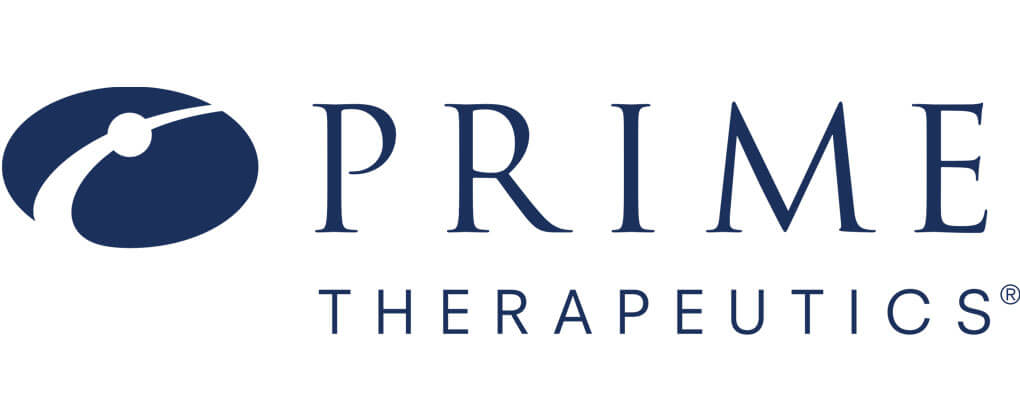
Prime Therapeutics is a pharmacy benefit manager that processes and pays prescription drug claims for clients. It also manages specialty prescriptions that are covered under clients’ health plans. The company mainly works with governments, health insurance providers, employers, and consultants. It also works with Medicare and Medicaid plans. As of 2017, the company served over 20 million members. Prime Therapeutics was established in 1998 as a subsidiary company of Blue Cross Blue Shield Association. Its revenue for 2019 was $31 billion. The company employs 3,300 people. Prime Therapeutics is headquartered in Eagan, Minnesota.
Prime Therapeutics deals strictly as a pharmacy benefit manager. It would be unrealistic to expect it to measure up to CVS Health in terms of revenue. But it goes head-to-head with CVS Health in the pharmacy benefit manager segment. CVS Health made about 30% (about $76.8 billion) of its total revenue from that segment.
MedImpact
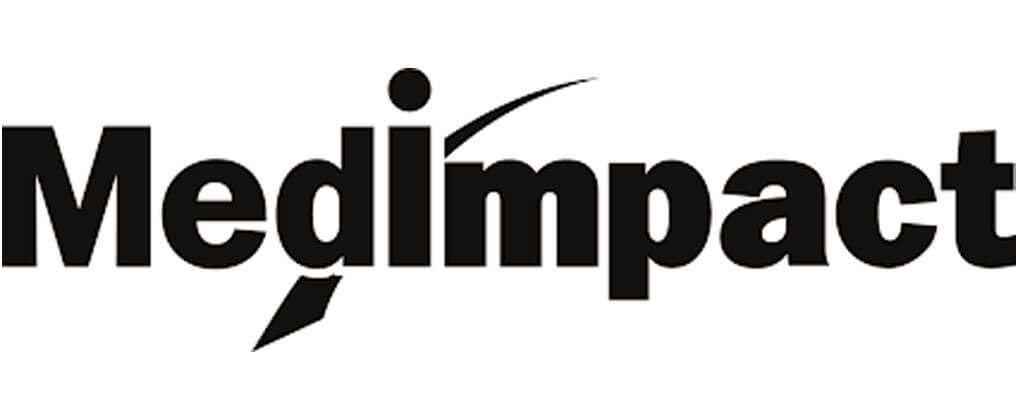
Established in 1989, San Diego-based Medimpact is a pharmacy benefit management company. It primarily serves hospitals, health plans, employers, and government institutions. MedImpact is the largest independent provider of pharmacy benefit management solutions in the United States. The company serves more than 55 million customers within and outside of the US. As of 2019, the company had 2,000 employees and a revenue turnover of $250 million.
Just like Prime Therapeutics, it would be impossible to imagine MedImpact leveling up to CVS Health in terms of revenue. Even in the pharmacy benefit manager segment where they square off, CVS Health is still way ahead of it.
PharMerica
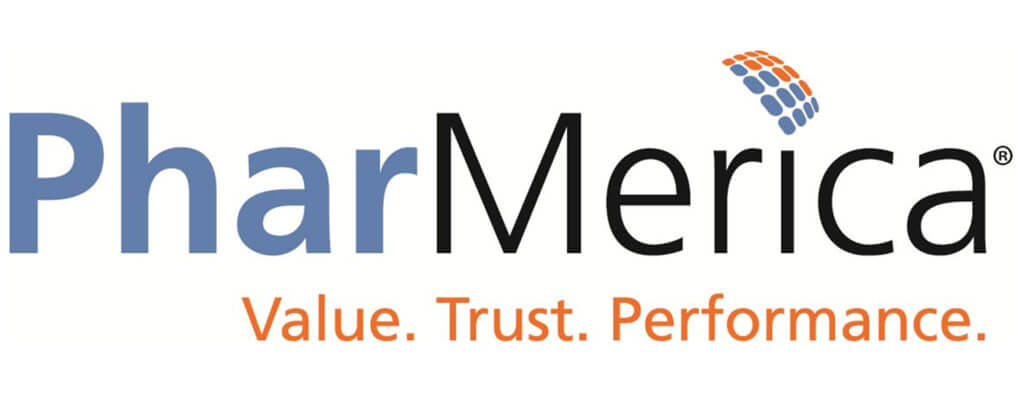
Established in 2017, PharMerica is a pharmacy benefit management company that serves hospitals, long-term care facilities, skilled nursing facilities, and other institutional care set-ups. The company was formed after Kindred Healthcare’s pharmacy business division merged with AmerisourceBergen’s PharMerica Long-term Care. PharMerica is the second-largest provider of institutional pharmacy services in the US. Headquartered in Louisville, Kentucky, the company employs 52,048 people and had a revenue of $2.4 billion in 2019.
PharMerica has been having steady growth in the last few years. In 2017, the company was acquired by Walgreens. While it still can’t match up to CVS Health in terms of revenue, it goes head-to-head with CVS Health’s Omnicare brand in the long-term care segment. Omnicare still comes out on top.
Eli Lilly
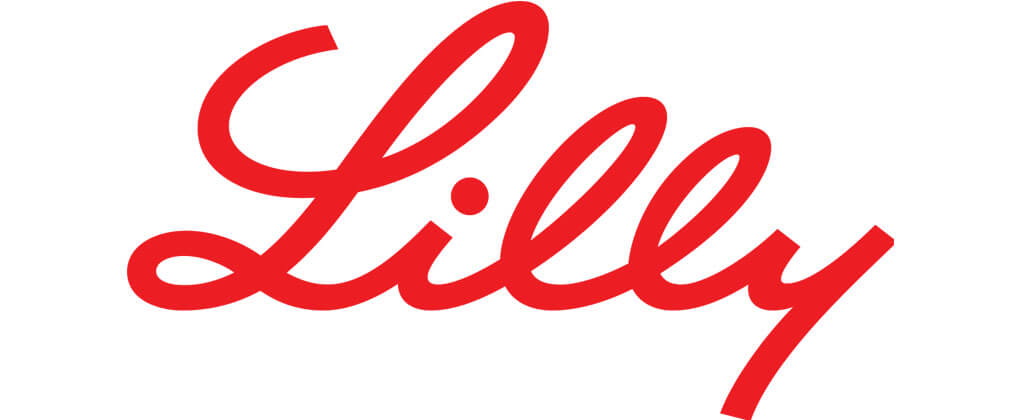
Eli Lilly & Company was founded by American Civil War veteran and pharmaceutical chemist Col. Eli Lilly in 1876. It is a pharmaceutical company headquartered in Indianapolis with operations in about 125 countries and regional offices in 18 countries. It is one of the largest pharmaceutical companies in the world. Eli Lilly employs 34,000 people globally and had a revenue turnover of $22.31 billion in 2019.
CVS Health is a pharmaceutical retailer with a diverse range of other services in healthcare. Eli Lilly is one of the most respected pharmaceutical manufacturers in the world. It is credited with the first mass-production of the polio vaccine. But Eli Lilly’s focus is mostly on patented medicine while CVS Health pharmacies deal in generic medicine (it’s biggest source of revenue). So far, generic medicine seems t be winning.
Conclusion
The top 10 CVS competitors are: Walgreens, Rite Aid, Cigna, Humana, UnitedHealth Group, Cardinal Health, Prime Therapeutics, MedImpact, PharMerica, and Eli Lilly. Together, they had a total revenue turnover of $820.43 billion in 2019. Their total number of employees was 981,448.
Competitors Stats
| NAME | FOUNDED | HEADQUARTERS | EMPLOYEES |
| Walgreens | 1901 | Deerfield, Illinois | 342,000 |
| Rite Aid | 1962 | Camp Hill, Pennsylvania | 53,100 |
| Cigna | 1982 | Bloomfield, Connecticut | 74,000 |
| Humana | 1961 | Louisville, Kentucky | 46,000 |
| UnitedHealth Group | 1977 | Minnetonka, Minnesota | 325,000 |
| Cardinal Health | 1971 | Dublin, Ohio | 50,000 |
| Prime Therapeutics | 1998 | Eagan, Minnesota | 3,300 |
| Medimpact | 1989 | San Diego, California | 2,000 |
| PharMerica | 2007 | Louisville, Kentucky | 52,048 |
| Eli Lilly | 1876 | Indianapolis, Indiana | 34,000 |

